Home>Storage & Organization>Kitchen Organizing Tools>How To Clean A Litter Box In An Apartment
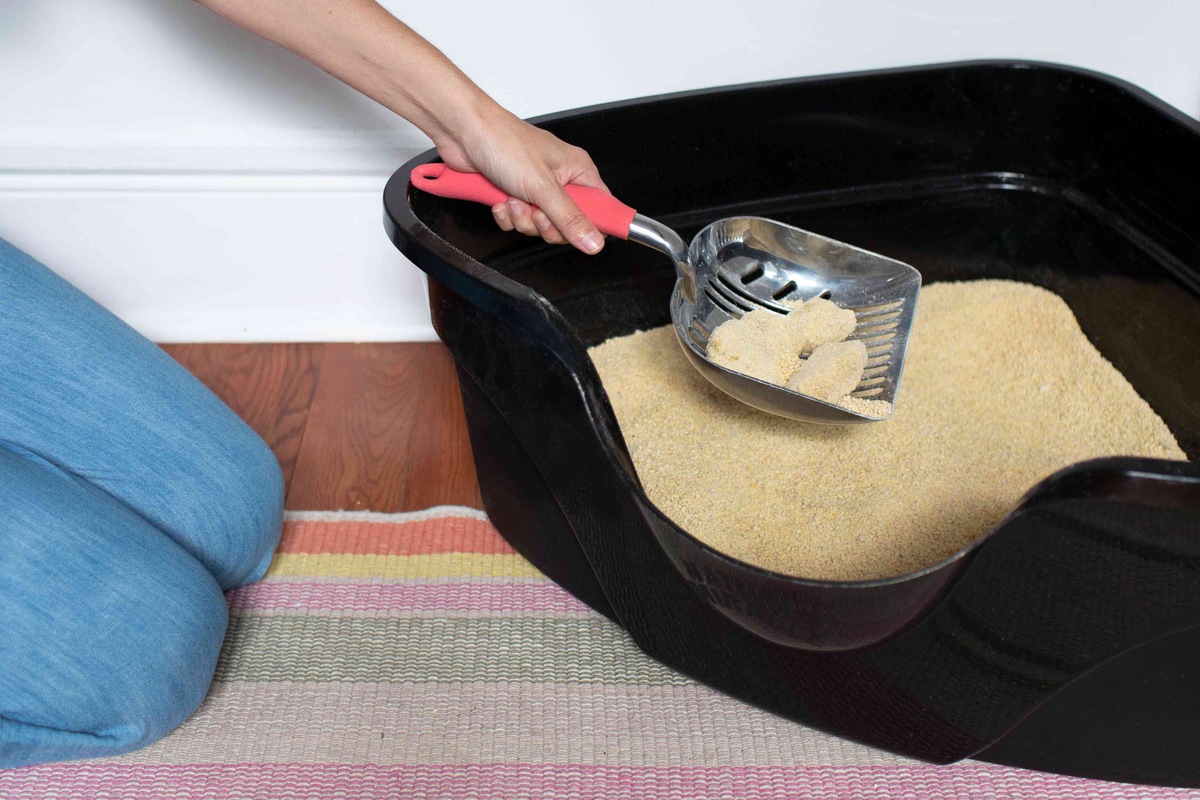

Kitchen Organizing Tools
How To Clean A Litter Box In An Apartment
Modified: March 2, 2024
Learn how to efficiently clean a litter box in your apartment using essential kitchen organizing tools. Keep your space fresh and tidy with these simple tips.
(Many of the links in this article redirect to a specific reviewed product. Your purchase of these products through affiliate links helps to generate commission for Storables.com, at no extra cost. Learn more)
Introduction
Keeping a clean and odor-free litter box in an apartment is essential for maintaining a fresh and inviting living space. Whether you're a seasoned cat owner or a first-time pet parent, learning the best practices for maintaining a tidy litter box is crucial. By following a few simple steps and incorporating the right tools and techniques, you can ensure that your apartment remains a comfortable and pleasant environment for both you and your feline companion.
A well-maintained litter box not only contributes to a hygienic living space but also promotes the well-being of your cat. Cats are known for their fastidious nature, and a clean litter box can help prevent stress and behavioral issues in your pet. Additionally, a clean litter box reduces the risk of unpleasant odors permeating your apartment, creating a more enjoyable atmosphere for everyone.
In this comprehensive guide, we will explore the essential steps to effectively clean a litter box in an apartment. From gathering the necessary supplies to implementing a regular cleaning routine, we will cover everything you need to know to keep your cat's litter box pristine. By following these guidelines, you can ensure that your apartment remains a comfortable and inviting home for both you and your beloved feline companion.
Key Takeaways:
- Regularly scoop and deep clean your cat’s litter box to maintain a fresh and inviting apartment. Proper waste disposal and odor control contribute to a harmonious living space for you and your feline friend.
- Choose the right location and litter type for the litter box to keep your apartment clean and odor-free. Prioritize your cat’s comfort and well-being while maintaining a hygienic environment.
Read more: Where To Place Litter Box In An Apartment
Step 1: Gather necessary supplies
To effectively clean a litter box in an apartment, it's essential to gather the necessary supplies to streamline the cleaning process and ensure thorough sanitation. Having the right tools at your disposal will not only make the task more efficient but also contribute to maintaining a hygienic environment for both you and your cat. Here's a comprehensive list of supplies you'll need:
-
Litter Scoop: A sturdy litter scoop with a fine mesh or wide-spaced design is indispensable for removing clumps and solid waste from the litter box. Look for a scoop that is easy to handle and clean, as it will be your primary tool for daily maintenance.
-
Litter: Choosing the right type of litter is crucial for maintaining a clean and odor-free litter box. Whether you opt for clumping, non-clumping, silica gel, or natural litter, ensure that it is suitable for your cat's preferences and effectively controls odors.
-
Litter Box Liners: While not essential, using liners can simplify the cleaning process and prevent litter from sticking to the bottom of the box. Liners also make it easier to dispose of used litter during deep cleaning sessions.
-
Cleaning Solution: Select a pet-safe cleaning solution or specifically formulated litter box cleaner to sanitize the box during weekly deep cleaning. Avoid using harsh chemicals that may be harmful to your cat.
-
Rubber Gloves: To protect your hands from coming into direct contact with soiled litter and waste, invest in a pair of durable rubber gloves. Opt for gloves that offer flexibility and a secure grip.
-
Trash Bags: Keep a steady supply of sturdy trash bags on hand for disposing of used litter and waste. Choose bags with ample capacity and reliable strength to contain odors effectively.
-
Baking Soda: Baking soda is a natural deodorizer that can help neutralize odors in the litter box. Sprinkling a thin layer at the bottom of the box before adding fresh litter can aid in odor control.
By ensuring that you have these essential supplies readily available, you can streamline the process of cleaning your cat's litter box and maintain a fresh and hygienic living environment in your apartment. These supplies will not only facilitate efficient cleaning but also contribute to the overall well-being of your cat and the cleanliness of your home.
Step 2: Choose the right location
Selecting the appropriate location for your cat's litter box is a crucial consideration when maintaining a clean and harmonious living space in your apartment. The chosen location should not only cater to your cat's preferences but also contribute to the overall cleanliness and accessibility of the litter box. Here are essential factors to consider when determining the ideal placement for the litter box:
Consider Your Cat's Privacy and Safety
Cats value their privacy, especially when using the litter box. Therefore, it's essential to choose a location that offers a sense of seclusion and security. Opt for a quiet and low-traffic area where your cat can comfortably relieve itself without feeling exposed or vulnerable. Additionally, ensure that the chosen location is free from potential hazards or obstructions that may startle or distress your cat during its bathroom activities.
Accessibility and Convenience
The accessibility of the litter box is paramount for both you and your cat. Select a location that is easily accessible for your cat to enter and exit the litter box without encountering obstacles or impediments. Moreover, consider the convenience of cleaning and maintaining the litter box from your perspective. Choosing a location that allows for easy access and maneuverability will streamline the cleaning process and encourage regular maintenance.
Odor Control and Ventilation
Proper ventilation and odor control are essential considerations when determining the location of the litter box. While it's important to place the litter box in a discreet area, ensure that the chosen location allows for adequate airflow to prevent the accumulation of unpleasant odors. Additionally, avoid placing the litter box near air vents or heating sources, as excessive heat can intensify odors and discomfort for your cat.
Multiple Litter Boxes for Multi-Cat Homes
In multi-cat households, providing multiple litter boxes is crucial for maintaining harmony and cleanliness. Each cat should have access to its own designated litter box to prevent territorial disputes and promote individual privacy. When situating multiple litter boxes, distribute them strategically in different areas of the apartment to accommodate the needs and preferences of each cat.
By carefully considering these factors and selecting an optimal location for your cat's litter box, you can create a comfortable and hygienic environment that promotes regular use and facilitates efficient cleaning. The right location not only contributes to your cat's well-being but also enhances the overall cleanliness and harmony of your apartment.
Step 3: Use the right type of litter
Selecting the appropriate type of litter is a critical aspect of maintaining a clean and odor-free litter box in your apartment. With a wide array of options available, it's essential to choose a litter that not only meets your cat's preferences but also effectively controls odors and simplifies the cleaning process. Here's a detailed exploration of the different types of litter and essential considerations to help you make an informed decision.
Clumping Litter
Clumping litter, renowned for its ability to form solid clumps upon contact with moisture, is a popular choice among cat owners. This type of litter simplifies daily maintenance, as it allows for easy removal of soiled clumps, leaving the remaining litter clean and fresh. Additionally, clumping litter effectively contains odors, contributing to a more pleasant environment in your apartment. When opting for clumping litter, ensure that it is low-dust and fragrance-free to minimize potential respiratory irritation for both you and your cat.
Non-Clumping Litter
Non-clumping litter, typically made from clay, silica gel, or natural materials, offers an alternative to clumping varieties. While non-clumping litter may require more frequent complete changes, it is often preferred for its affordability and excellent odor control properties. When selecting non-clumping litter, consider the particle size and texture to ensure that it is comfortable for your cat to use. Additionally, choose a non-clumping litter that effectively neutralizes odors and minimizes tracking to maintain a clean living space.
Silica Gel Litter
Silica gel litter, composed of highly absorbent silica crystals, is renowned for its exceptional moisture absorption and odor control capabilities. This type of litter is favored for its lightweight nature and longevity, as it requires less frequent replacement compared to traditional litters. Silica gel litter is an excellent choice for busy cat owners seeking a low-maintenance option that effectively combats odors and moisture. However, it's important to monitor your cat's comfort with the texture of silica gel litter, as some cats may have preferences for alternative substrates.
Natural and Biodegradable Litter
For environmentally conscious cat owners, natural and biodegradable litters offer a sustainable and eco-friendly alternative. These litters are often made from renewable materials such as wheat, corn, pine, or recycled paper, providing a biodegradable and compostable solution for waste disposal. Natural litters are free from synthetic additives and fragrances, making them suitable for cats with sensitivities or allergies. When choosing natural litter, prioritize options that effectively control odors and offer sufficient clumping or absorption properties to facilitate easy cleaning.
By carefully evaluating the characteristics and suitability of different types of litter, you can make an informed decision that aligns with your cat's preferences and promotes a clean and hygienic litter box in your apartment. Whether you opt for clumping, non-clumping, silica gel, or natural litter, prioritize odor control, comfort for your cat, and ease of maintenance to ensure a pleasant and inviting living environment for both you and your feline companion.
Step 4: Scoop the litter box daily
Daily scooping of the litter box is a fundamental aspect of maintaining a clean and hygienic environment for your cat and your apartment. By incorporating a consistent scooping routine into your daily schedule, you can effectively remove soiled litter and waste, minimize odors, and promote your cat's comfort and well-being. Here's a detailed exploration of the importance of daily scooping and the best practices for this essential task.
Read more: Where To Put Litter Boxes In Small Apartment
Importance of Daily Scooping
Regular scooping of the litter box is essential for several reasons. Firstly, it prevents the accumulation of soiled litter and waste, ensuring that your cat has a clean and inviting space to relieve itself. Cats are known for their fastidious nature, and a consistently clean litter box encourages regular use and reduces the likelihood of accidents outside the box.
Moreover, daily scooping contributes to odor control, creating a more pleasant living environment in your apartment. By promptly removing soiled litter and waste, you can effectively minimize odors and maintain a fresh atmosphere. This is particularly important in smaller living spaces, such as apartments, where odors can quickly become noticeable.
Best Practices for Daily Scooping
When scooping the litter box daily, it's essential to follow best practices to ensure thorough cleaning and sanitation. Here are the key steps to incorporate into your daily scooping routine:
-
Use a Sturdy Litter Scoop: Invest in a durable and easy-to-clean litter scoop with a fine mesh or wide-spaced design. This will allow you to efficiently remove clumps and solid waste without creating a mess.
-
Scoop Multiple Times a Day: If possible, aim to scoop the litter box at least twice a day, particularly if you have multiple cats. Regular scooping prevents the buildup of waste and maintains a clean environment for your cats.
-
Dispose of Waste Properly: After scooping, promptly dispose of the soiled litter and waste in a securely tied trash bag. Proper waste disposal is crucial for preventing odors and maintaining cleanliness.
-
Inspect the Litter Box: While scooping, take a moment to inspect the condition of the litter box. Look for any signs of damage or excessive odor, which may indicate the need for a more thorough cleaning.
By incorporating these best practices into your daily routine, you can ensure that your cat's litter box remains clean, odor-free, and inviting. Daily scooping not only contributes to a hygienic environment but also promotes your cat's comfort and well-being, fostering a harmonious living space in your apartment.
Step 5: Deep clean the litter box weekly
Performing a weekly deep clean of your cat's litter box is essential for maintaining a hygienic and inviting environment in your apartment. While daily scooping effectively removes soiled litter and waste, a thorough weekly cleaning session ensures that the litter box is sanitized, free from residual odors, and conducive to your cat's well-being. Here's a comprehensive guide to deep cleaning your cat's litter box, encompassing essential steps and best practices to promote cleanliness and comfort.
Gather the Necessary Supplies
Before embarking on the deep cleaning process, gather the necessary supplies to facilitate thorough sanitation. You will need a pet-safe cleaning solution or specifically formulated litter box cleaner, a sturdy litter scoop, rubber gloves, trash bags, and a scrub brush or sponge designated for the litter box cleaning. Additionally, consider using baking soda as a natural deodorizer to neutralize odors and maintain a fresh environment.
Empty and Disassemble the Litter Box
Begin the deep cleaning process by emptying the litter box completely. Dispose of the used litter and waste in a securely tied trash bag, ensuring proper waste disposal to prevent odors. If your litter box is equipped with liners, remove and replace them as needed. Next, disassemble the litter box, including any removable components such as hoods or filters, to facilitate thorough cleaning.
Scrub and Sanitize the Litter Box
Using a pet-safe cleaning solution or specifically formulated litter box cleaner, thoroughly scrub the interior and exterior of the litter box. Pay close attention to corners, seams, and any hard-to-reach areas where residual waste or odors may accumulate. A scrub brush or sponge designated for the litter box cleaning will aid in dislodging stubborn debris and ensuring comprehensive sanitation. Rinse the litter box thoroughly to remove any traces of cleaning solution, and allow it to air dry completely before adding fresh litter.
Replace with Fresh Litter
Once the litter box is fully dry, add a fresh layer of litter to the appropriate depth, taking into account your cat's preferences and the recommended fill level for the specific type of litter. If you opt to use baking soda as a natural deodorizer, sprinkle a thin layer at the bottom of the box before adding the fresh litter. This simple step can help neutralize odors and maintain a fresh environment between deep cleaning sessions.
By incorporating these steps into your weekly routine, you can ensure that your cat's litter box remains clean, sanitized, and conducive to your cat's comfort and well-being. A weekly deep clean not only promotes a hygienic living environment but also contributes to a harmonious and inviting atmosphere in your apartment.
Step 6: Dispose of waste properly
Proper disposal of waste from the litter box is a crucial aspect of maintaining cleanliness and hygiene in your apartment. By implementing effective waste disposal practices, you can minimize odors, prevent the spread of bacteria, and contribute to a fresh and inviting living environment for both you and your cat. Here's a detailed exploration of the best practices for disposing of waste from the litter box, encompassing essential steps and considerations to ensure proper sanitation and cleanliness.
Read more: How To Clean A Petsafe Litter Box
Prompt Removal of Soiled Litter and Waste
After scooping the litter box, promptly remove the soiled litter and waste and place it in a securely tied trash bag. It's essential to avoid leaving waste sitting in the litter box, as this can lead to the proliferation of odors and the potential spread of bacteria. By promptly disposing of soiled litter, you can effectively minimize unpleasant odors and maintain a clean environment for your cat and your apartment.
Secure Containment and Odor Control
When disposing of waste from the litter box, ensure that the trash bag is securely tied to contain odors and prevent leakage. Opt for sturdy trash bags with ample capacity and reliable strength to effectively contain soiled litter and waste. Additionally, consider using trash bags with built-in odor control features to further minimize unpleasant smells and maintain a fresh atmosphere in your apartment.
Proper Waste Disposal Methods
Dispose of the securely tied trash bag containing soiled litter and waste in accordance with local waste disposal regulations. If your municipality has specific guidelines for pet waste disposal, such as designated bins or collection schedules, adhere to these regulations to ensure responsible and environmentally conscious waste management. By following proper waste disposal methods, you can contribute to a clean and sustainable living environment in your community.
Regular Trash Removal
In addition to disposing of waste from the litter box, it's important to incorporate regular trash removal into your household routine. By promptly emptying the trash containing soiled litter and waste, you can prevent the accumulation of odors and maintain a hygienic living space. Consider establishing a consistent schedule for trash removal to ensure that waste is promptly and responsibly disposed of, contributing to a fresh and inviting environment in your apartment.
By adhering to these best practices for disposing of waste from the litter box, you can effectively minimize odors, maintain cleanliness, and contribute to a hygienic living environment in your apartment. Proper waste disposal not only promotes a fresh atmosphere but also supports the well-being and comfort of your cat, fostering a harmonious and inviting living space for both you and your beloved feline companion.
Read more: How To Clean A Litter Box With Vinegar
Step 7: Prevent odors in the apartment
Maintaining a fresh and inviting atmosphere in your apartment goes beyond the cleanliness of the litter box itself. Preventing odors from permeating your living space is essential for creating a comfortable environment for both you and your cat. By implementing proactive measures and utilizing effective odor control strategies, you can minimize unpleasant smells and promote a harmonious living environment. Here's a comprehensive exploration of the best practices to prevent odors in the apartment and ensure a pleasant atmosphere for all occupants.
Adequate Ventilation
Proper ventilation plays a crucial role in minimizing odors in your apartment. Ensure that the area where the litter box is located has adequate airflow to prevent the accumulation of stale odors. Consider opening windows or using fans to promote air circulation, effectively reducing the concentration of odors and maintaining a fresh environment.
Use of Natural Deodorizers
Natural deodorizers, such as baking soda, can be strategically placed near the litter box to neutralize odors. Sprinkling a thin layer of baking soda at the bottom of the litter box before adding fresh litter can help absorb and neutralize odors, contributing to a more pleasant environment. Additionally, placing open containers of activated charcoal near the litter box can aid in absorbing odors and maintaining a fresh atmosphere.
Regular Litter Box Maintenance
Consistent and thorough maintenance of the litter box is essential for preventing odors from permeating your apartment. By adhering to a routine of daily scooping and weekly deep cleaning, you can effectively minimize the buildup of odors and ensure that the litter box remains clean and inviting. Prompt removal of soiled litter and waste, along with proper waste disposal, is crucial for preventing the proliferation of unpleasant odors.
Read more: How To Keep The Litter Box Clean
High-Quality Odor-Control Litter
Selecting a high-quality litter with effective odor control properties can significantly contribute to preventing odors in the apartment. Opt for litter varieties specifically formulated to combat odors, such as those containing activated charcoal or natural odor-neutralizing agents. By choosing a litter designed to control odors, you can proactively minimize the impact of litter box odors on your living space.
Air Purification
Consider incorporating air purification devices, such as HEPA air purifiers, into your apartment to further enhance odor control. These devices can effectively filter out airborne particles and odors, promoting a cleaner and fresher atmosphere. Additionally, using scented air fresheners or essential oil diffusers in well-ventilated areas can help maintain a pleasant fragrance in your apartment.
By integrating these proactive measures and effective odor control strategies into your apartment maintenance routine, you can effectively prevent odors and maintain a fresh and inviting living environment. Prioritizing ventilation, natural deodorizers, regular litter box maintenance, high-quality odor-control litter, and air purification can contribute to a harmonious and pleasant atmosphere for both you and your feline companion.
Conclusion
Maintaining a clean and odor-free litter box in an apartment is not only essential for the well-being of your cat but also contributes to a harmonious and inviting living environment for you and your feline companion. By following the comprehensive steps outlined in this guide, you can ensure that your cat's litter box remains pristine, promoting hygiene, comfort, and a fresh atmosphere in your apartment.
From gathering the necessary supplies to implementing a regular cleaning routine, each step plays a crucial role in fostering a clean and inviting environment. By selecting the right location for the litter box, choosing the appropriate type of litter, and incorporating proactive measures to prevent odors, you can create a space that is conducive to your cat's natural behaviors and preferences.
The diligent practice of daily scooping and weekly deep cleaning not only minimizes odors but also ensures that your cat has a clean and inviting space to fulfill its essential needs. Proper waste disposal methods and the use of natural deodorizers further contribute to a fresh and pleasant living environment, enhancing the overall quality of life for both you and your cat.
By prioritizing the cleanliness and maintenance of the litter box, you can create a space that promotes the well-being and comfort of your cat while fostering a harmonious and inviting atmosphere in your apartment. Additionally, the proactive measures outlined in this guide contribute to responsible waste management and sustainable living practices, aligning with a conscientious approach to pet care and apartment maintenance.
Ultimately, by incorporating these best practices into your routine, you can enjoy the companionship of your cat in a clean, fresh, and inviting living space. The bond between you and your feline companion is enriched when nurtured in a hygienic and harmonious environment, and the diligent care of the litter box is a testament to your commitment to providing the best possible living conditions for your beloved pet.
Frequently Asked Questions about How To Clean A Litter Box In An Apartment
Was this page helpful?
At Storables.com, we guarantee accurate and reliable information. Our content, validated by Expert Board Contributors, is crafted following stringent Editorial Policies. We're committed to providing you with well-researched, expert-backed insights for all your informational needs.
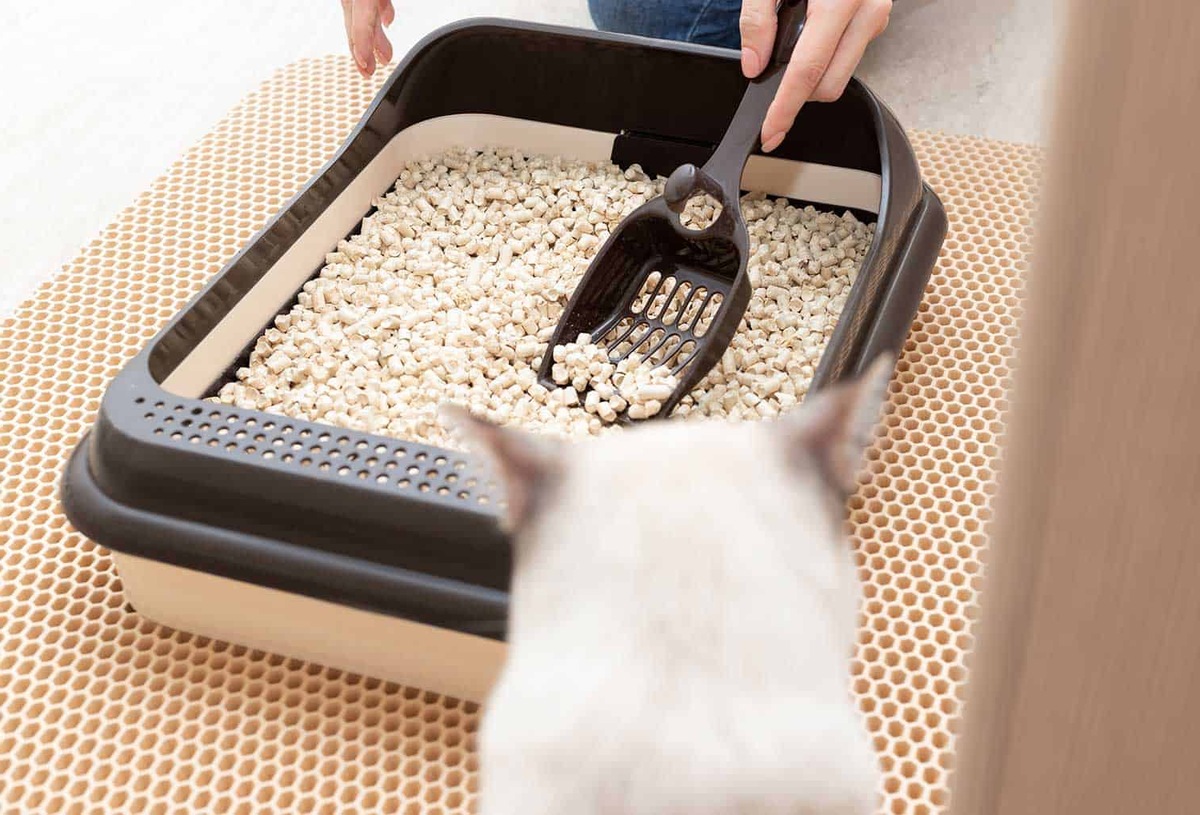
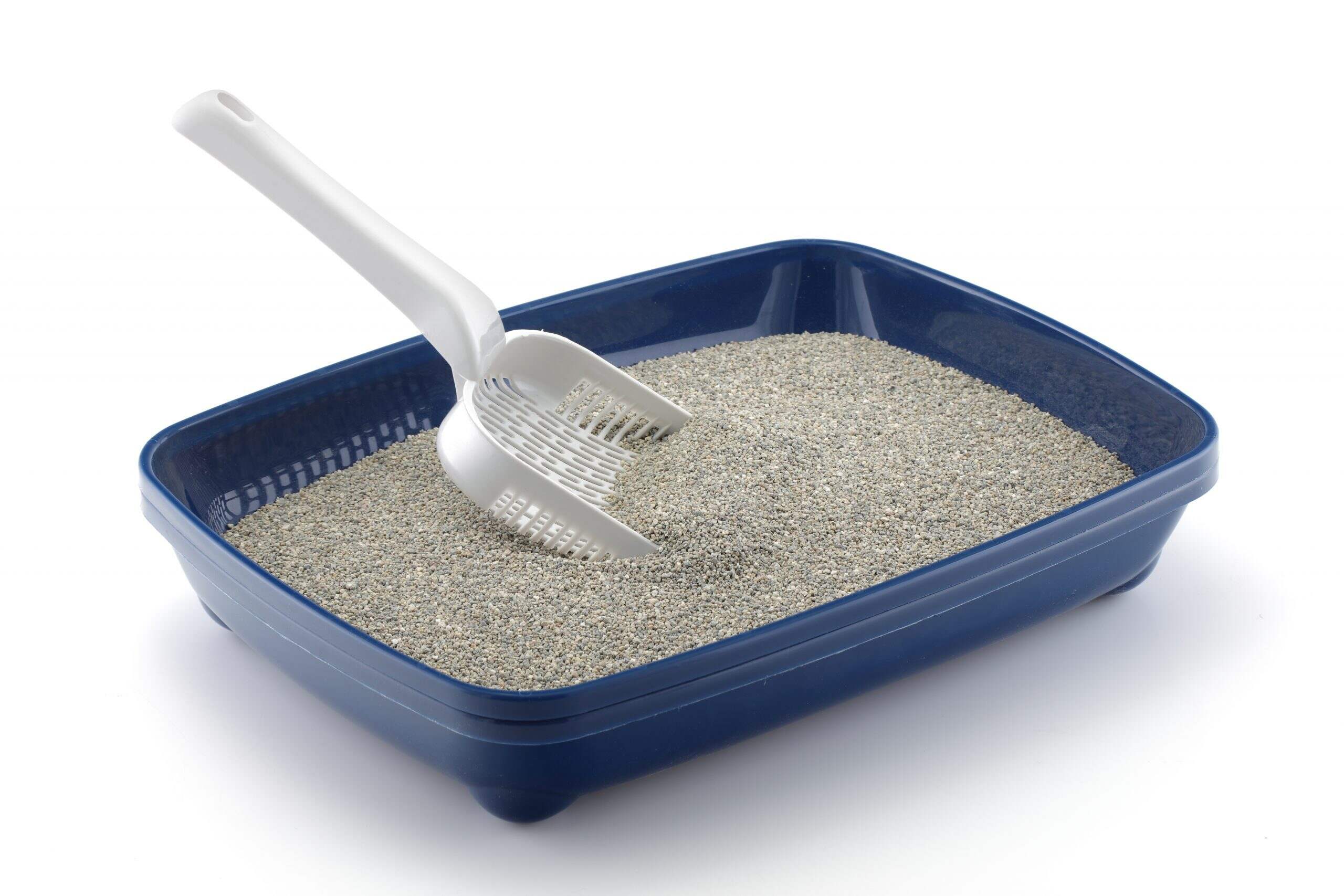

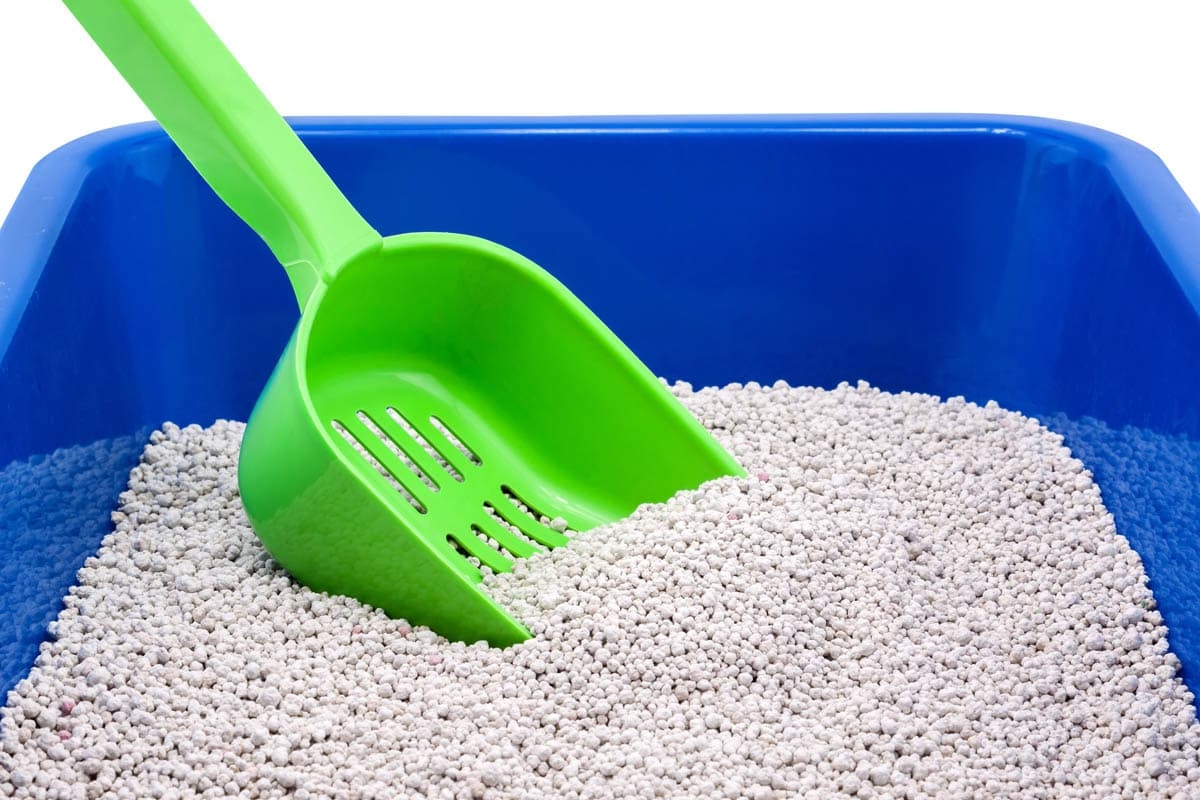
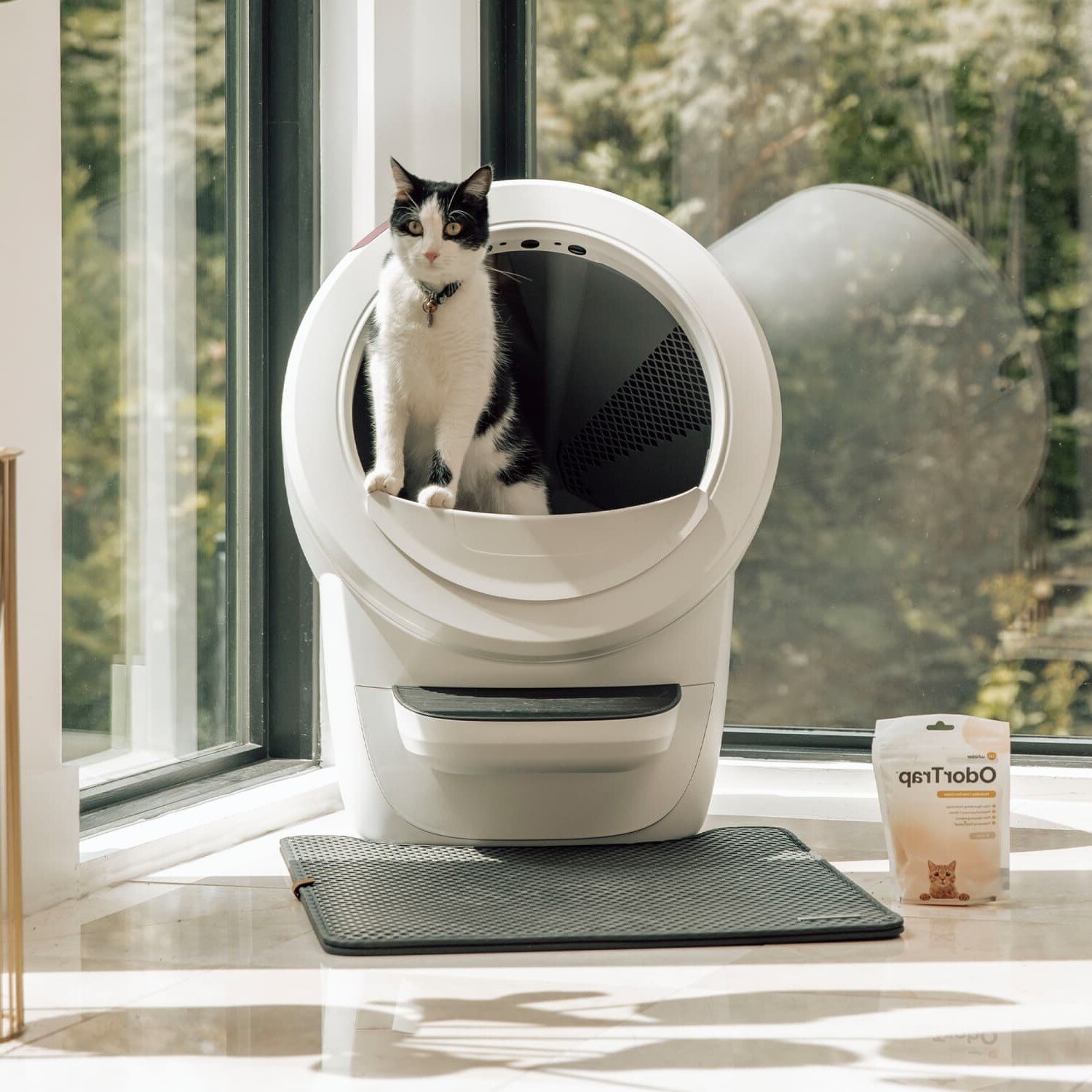
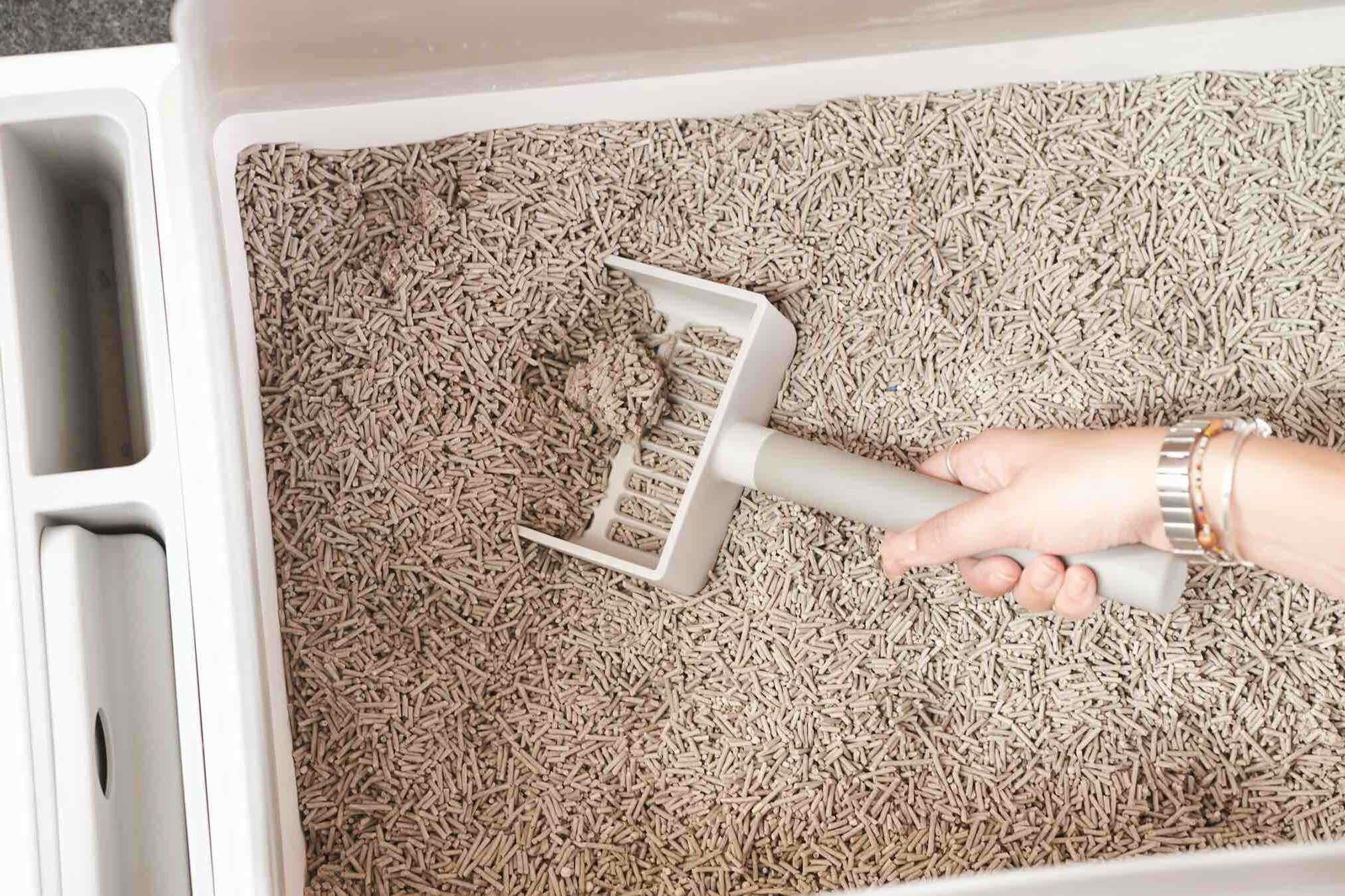
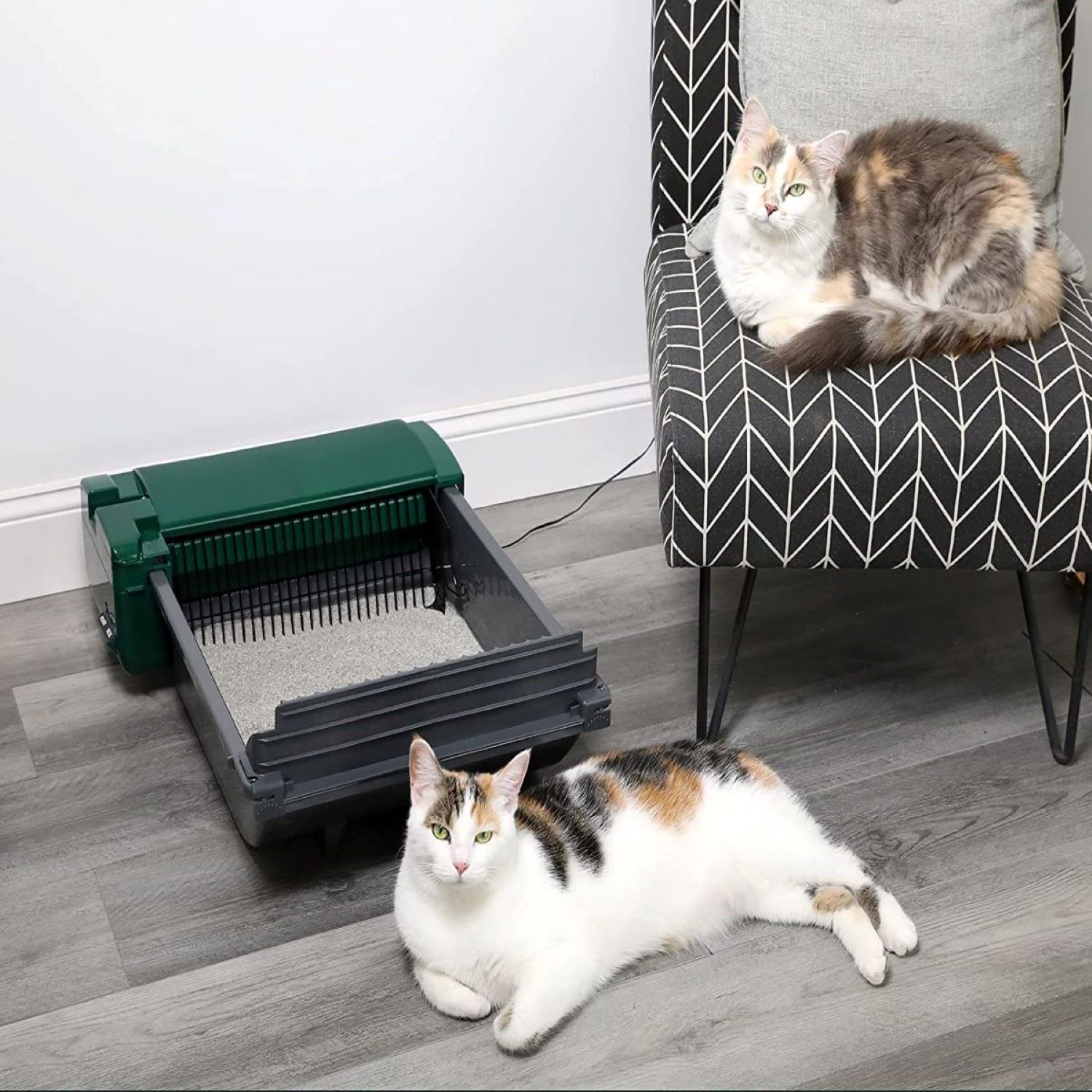
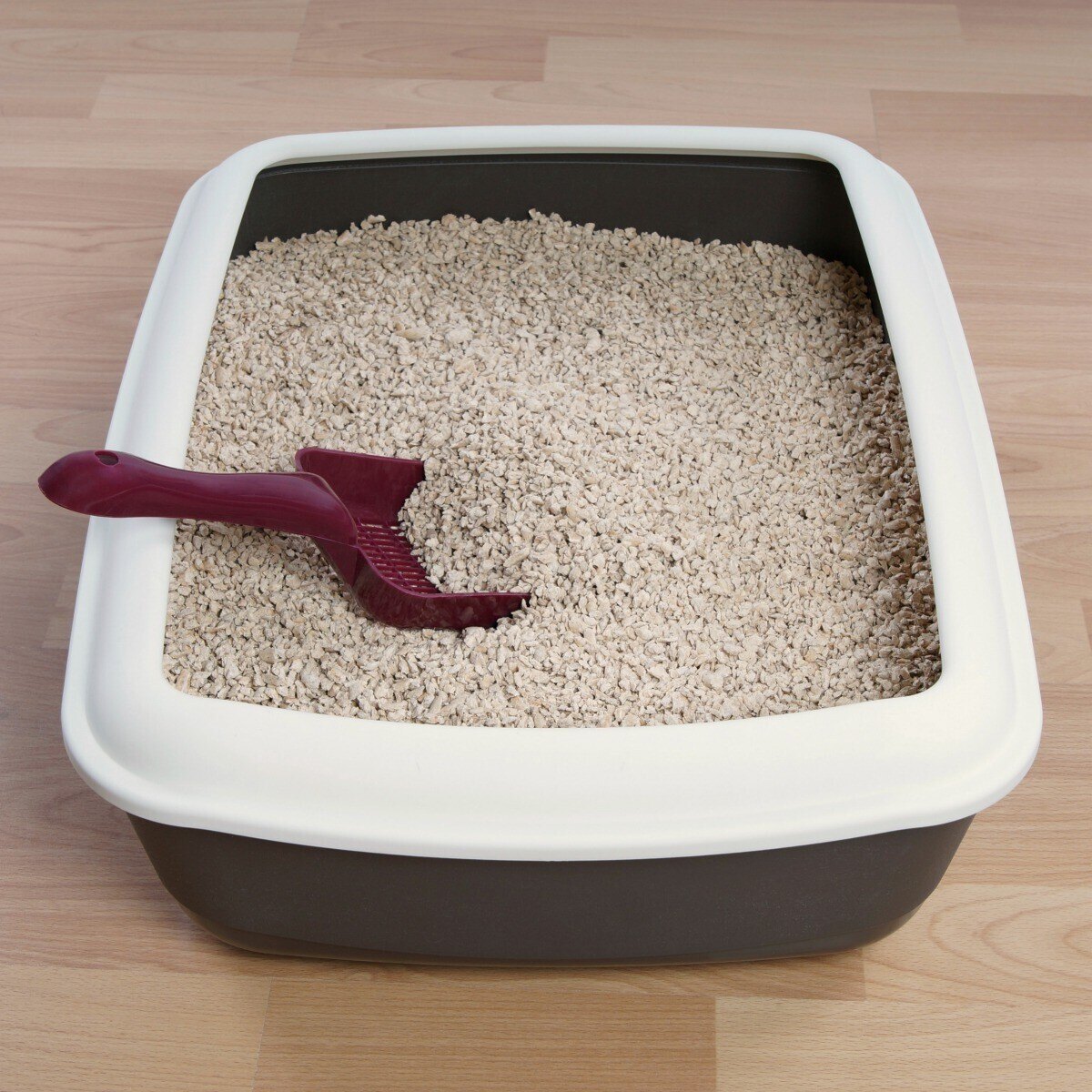

0 thoughts on “How To Clean A Litter Box In An Apartment”